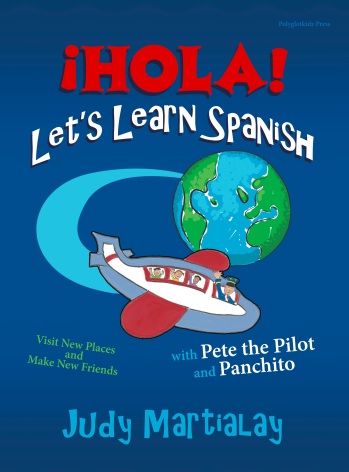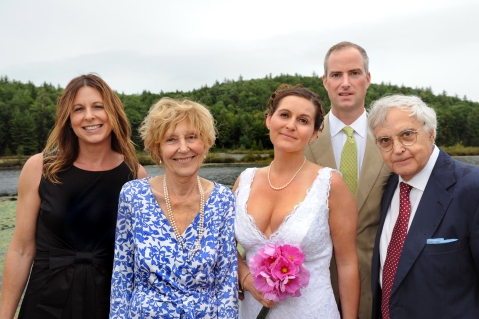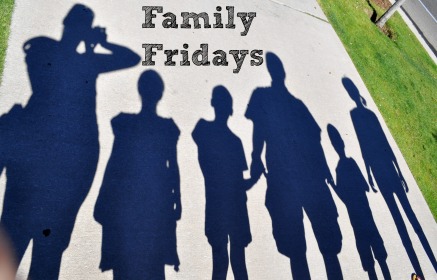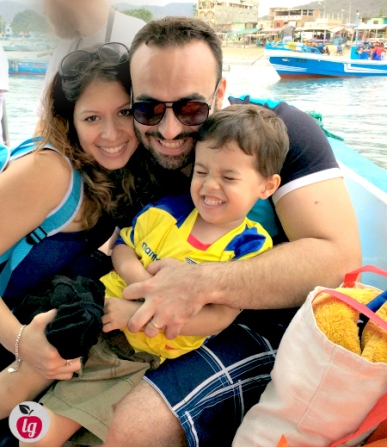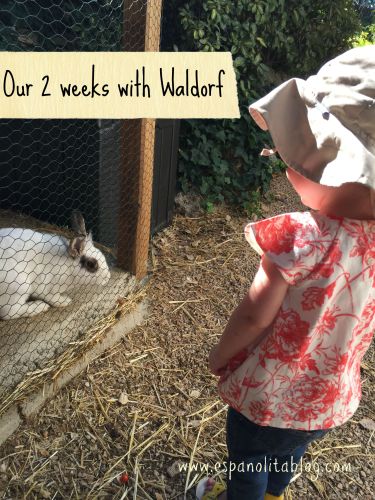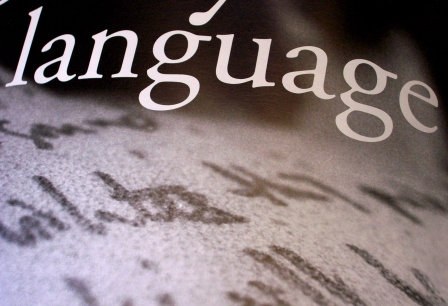Hello, amig@s!
I apologize for the weeklong radio silence here on the blog. Can I be honest with you? I needed a break from writing. Blame it on the heat (or, the humidity here on the East Coast), the long days, or my “no-para-quieta toddler.” Anyway, the break did me good, and I’m back!
Today, I’d like to share with you a short letter I received from a mother raising her daughter in two languages. She expresses a concern I’m sure most, if not all of us, have experienced (or, will experience) at some point: what will happen to the minority language once my child begins school?
Although this is not an immediate concern for my husband and I, it is an issue we have discussed several times. So, below you will find my response (expanded for today’s blog post). I am not an expert on this topic, but do share advice that I have learned from other more experienced parents, as well as from research into language development.
Be encouraged, friends, and please share your own thoughts, too, if there is something I’ve missed!

Dear Españolita,
“I have a soon to be 2 year old little one, who will start an (English Speaking) toddler school very soon. My husband and I are bilingual (Spanish/English) speakers. We have raised our daughter to know/speak Spanish only. She throughly understands and speaks it so well. We have a fear now….a fear that she will lose interest in speaking Spanish or prefer to speak English only. Since she will be attending an all English school, are there any ideas you would suggest we practice?”
Hi!
From what we know through research (Welsh/English, Irish/English, Bilingualism and Children/Parents) and experience, the language of the majority culture and a child’s schooling (in your case, English) has a huge impact on the minority’s language, Spanish in this case. So, to continue to support and encourage your child’s use of Spanish I recommend the following:
- Remain an informed parent:
What does the research in bilingualism say? What are the best ways to maintain your family’s language policy? How can parents best support their child’s dual language development? Do you need a good book on the topic? Check out some of my reviews here and here and here on the blog. Also, the resources page has a list of blogs and websites that I have found helpful in my bilingual parenting journey.
- Remain consistent with your own language use:
This is hard, really hard. When the language we parents speak to our children is not the majority language, it’s challenging to remain consistent, especially in public. When we parent in a language that isn’t our native tongue, it can be difficult to refrain from switching to our first language, especially when we’re angry, tired, or sad. I get it. I feel it every day!
Fortunately, we’re working toward a worthy goal: that our children grow up bilingual. What an awesome gift we are giving them for the future. This encourages me to take it one day at time, to remain consistent with my Spanish, even when I’m mentally tired.
- Provide your child with opportunities to use the language with other speakers:
On his blog about bilinguals, researcher Dr. François Grosjean states:
“Older bilingual children and adolescents who become conscious of which language their peers speak may well reject a language (usually the home language) so as not to be different from them. An Arabic-English bilingual once wrote to me that as an adolescent he pretended he did not know Arabic. He continued: ‘I did this because I wanted very badly not to be different from the rest of my friends.'”
From this example above, it’s important to remember two points: 1) all bilingual children will, at some point in their language journey, hesitate or refuse to speak the minority language; it’s normal 2) parents can encourage their children to use the language by providing them with opportunities to use it with multiple speakers, particularly peers of the same age.
That is why I encourage parents to consider sending their children to bilingual schools, if they have the opportunity. Or, consider creating a neighborhood play group in the minority language (that’s what I’ve done).
- Remain in regular contact with extended family:
Skype and FaceTime are amazing inventions! I make it a priority to video call family in Spain a few times each week. Also, consider saving your money for visits to the home country, instead of purchasing more toys.
I hope this has been helpful. Best of luck to you!


